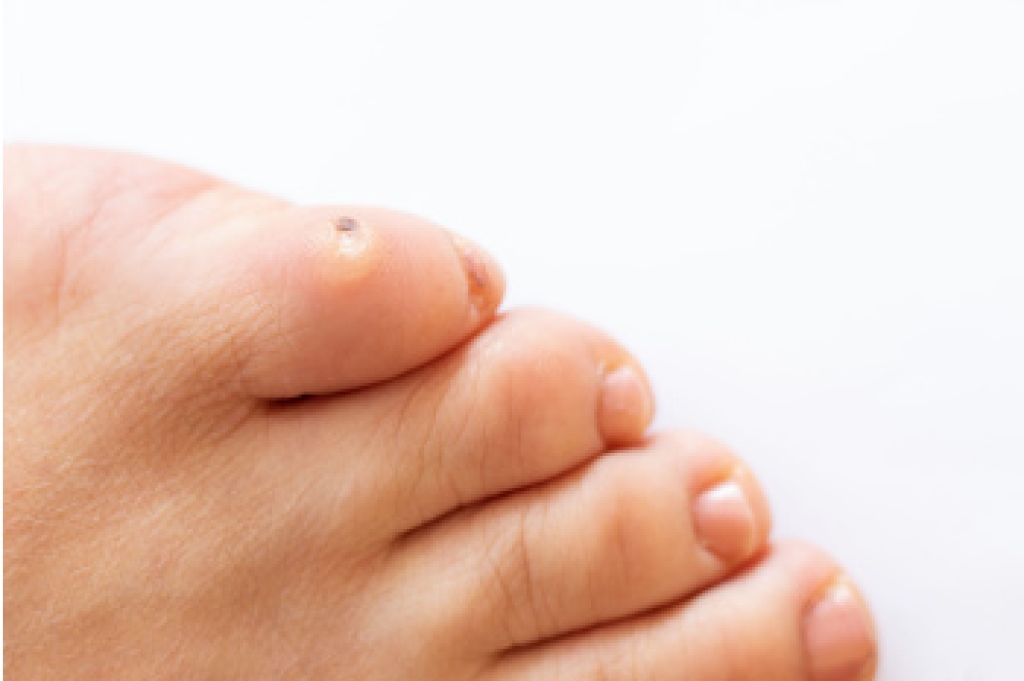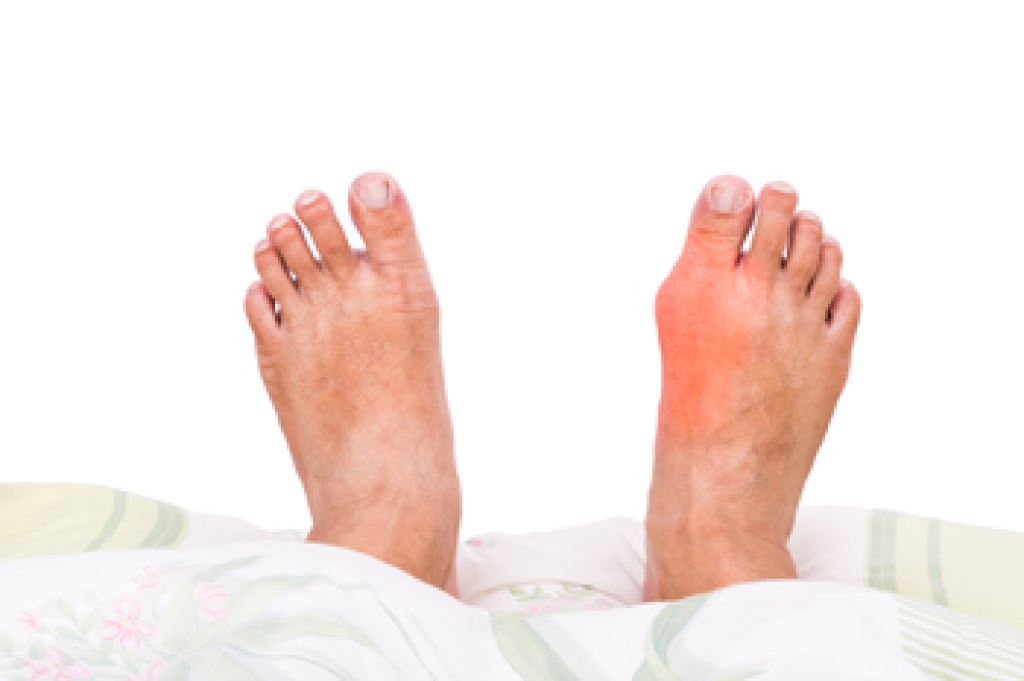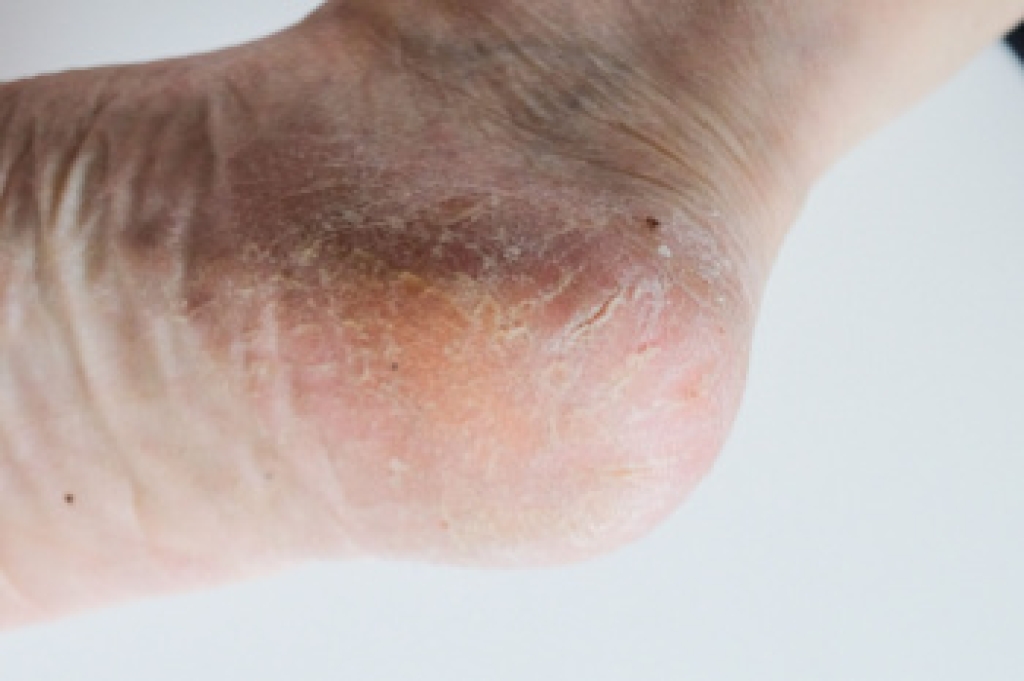
An ingrown toenail may seem like a small concern at first, but it can quickly turn into a painful issue, if not addressed. This condition occurs when the edge of the nail grows into the surrounding skin, leading to tenderness, swelling, and sometimes infection. Common causes include wearing shoes that are too tight, trimming nails too short, genetic predisposition, or injury to the toe. Simple steps, such as keeping feet clean, choosing properly fitted footwear, and cutting nails straight across can reduce the risk of developing one. Warm water soaks can provide temporary relief, but recurring cases should not be ignored. Left untreated, an ingrown toenail may progress into a more serious problem that interferes with walking comfortably. If you are struggling with an ingrown toenail, it is suggested that you schedule a visit with a podiatrist to ensure proper care.
Ingrown toenails may initially present themselves as a minor discomfort, but they may progress into an infection in the skin without proper treatment. For more information about ingrown toenails, contact Jennifer M. Kern, DPM of South Carolina. Our doctor can provide the care you need to keep you pain-free and on your feet.
Ingrown Toenails
Ingrown toenails are caused when the corner or side of a toenail grows into the soft flesh surrounding it. They often result in redness, swelling, pain, and in some cases, infection. This condition typically affects the big toe and may recur if it is not treated properly.
Causes
- Improper toenail trimming
- Genetics
- Improper shoe fitting
- Injury from pedicures or nail picking
- Abnormal gait
- Poor hygiene
You are more likely to develop an ingrown toenail if you are obese, have diabetes, arthritis, or have any fungal infection in your nails. Additionally, people who have foot or toe deformities are at a higher risk of developing an ingrown toenail.
Symptoms
Some symptoms of ingrown toenails are redness, swelling, and pain. In rare cases, there may be a yellowish drainage coming from the nail.
Treatment
Ignoring an ingrown toenail can have serious complications. Infections of the nail border can progress to a deeper soft-tissue infection, which can then turn into a bone infection. You should always speak with your podiatrist if you suspect you have an ingrown toenail, especially if you have diabetes or poor circulation.
If you have any questions, please feel free to contact our office located in West Columbia, SC . We offer the newest diagnostic and treatment technologies for all your foot care needs.







